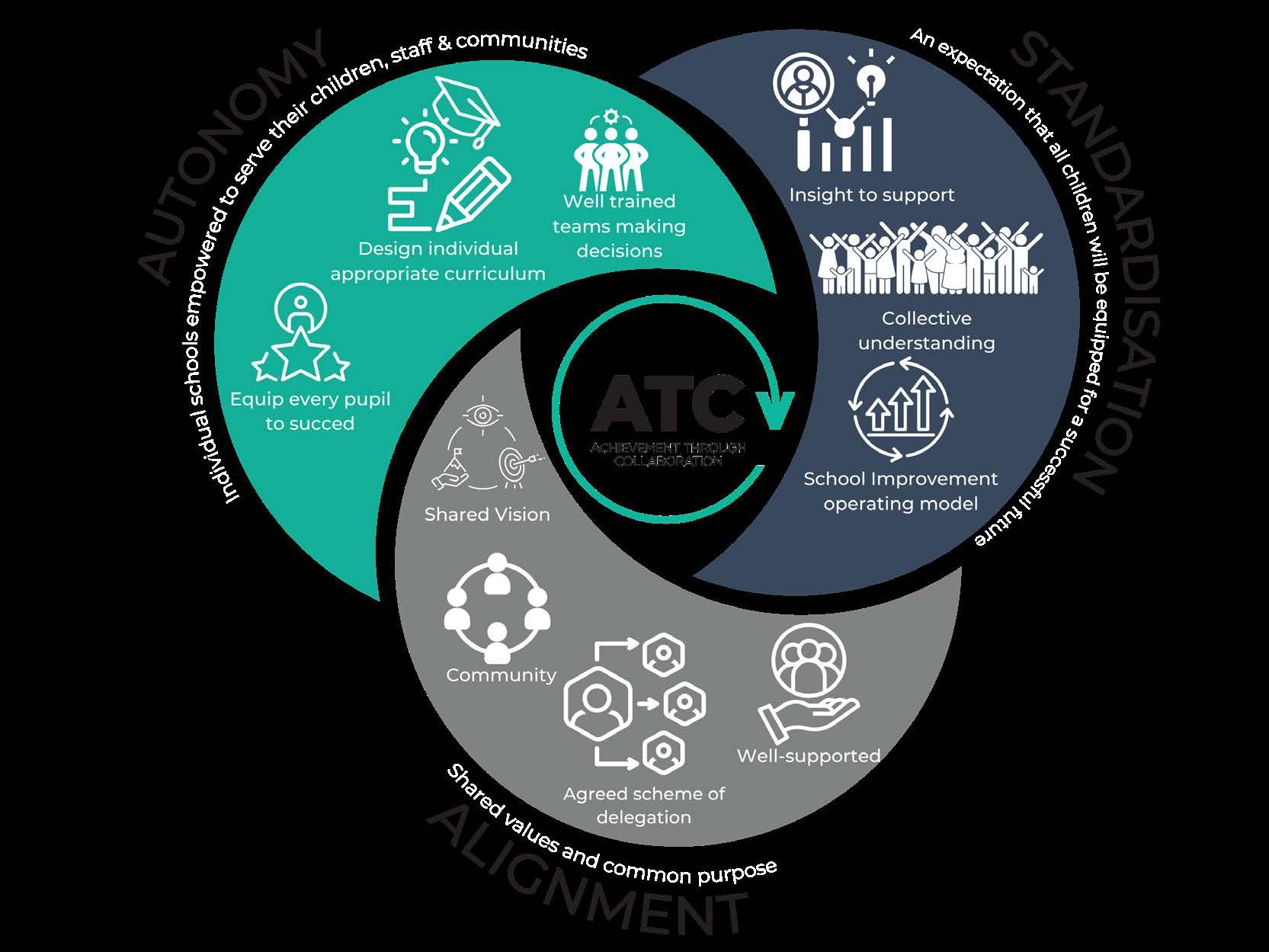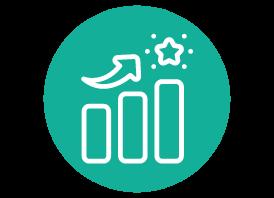Curriculum








Autonomy and School Identity:
Because at AtC we believe that every school in our Trust is individual, we choose not to have a centralised Trust wide curriculum. We feel strongly that curriculums, just like learning, should be bespoke and personalised. We also believe that our schools and their leaders are experts at designing and implementing rich and ambitious curriculums which serve the needs of their students, staff and contexts. Therefore, all Trust curriculum work is undertaken in close collaboration and thoughtful development with each of our schools using a set of mutually designed Trust Indicators. These Trust Indicators represent what we as a collective believe are the hallmarks of really great schools, these indicators also help to keep a laser sharp focus on ensuring a broad, balanced and ambitious curriculum is offered to all children in all of our schools.

At the heart of a bespoke education is a recognition that each child develops at their own pace and in their own way; we believe this is also true for schools and their curriculums
One of the ways we do work with our schools is in the development and design of systems to support well planned curriculums, the sharing of expertise and the reduction of staff workload. As a Google Trust, we support our schools to maximise the Google Infrastructure and workspaces to plan coherent, well sequenced curriculums which clearly show how subjects build towards end points and composite knowledge. Our schools, school leaders and teachers benefit from access to a whole range of well researched, well designed centralised planning systems if they choose to use them. Equally our central team also supports school leaders in the thought work, investigation work and research that leads to schools designing their own powerful approach. Either way, our aim is to help our schools have coherent, well sequenced learning journeys which secure excellent outcomes and experiences for our learners.
Identifying Endpoints:
Whilst there is no specific format or formula for the planning model advocated by the Trust, school leaders and teachers agree on the importance of ensuring that all subjects have clearly identified end points, threshold knowledge and key concepts that students should reach by the end of a term, year, phase or key stage. For every subject taught, we are clear about what students should know, be able to do and be able to remember.

By identifying composite knowledge, school leaders and teachers then build the components of knowledge hierarchically and incrementally to ensure that knowledge builds on knowledge in a well planned and sequenced way. Progression, connectivity and methods of assessing that students have secured the knowledge planned are all part of how our schools arrange and organise their curriculum plans effectively.
The central team have great planning and curriculum solutions to offer, but it was their work in helping me reflect, think and formulate my own curriculum solutions that I valued the most
We regard a broad curriculum as one which offers a range of subjects that enable all students to secure, experience and develop different knowledge and transformative competencies in a range of subjects for as long as possible. Schools design their curriculums and timetables to enable students to have access and opportunity to experience a diverse range of subjects which cover the national curriculum, supports whole school drivers and offers much more in terms of enrichment and additionality.

As a Trust we believe that a balanced curriculum is one in which each subject is available to all students and is afforded sufficient space on the timetable to deliver specific content. A balanced curriculum is also one that has clear consideration for the substantive and disciplinary knowledge coverage so students can develop knowledge, skills and associated metacognition in a way that fosters and grows a deeper appreciation of subjects and content.
For us, an ambitious curriculum is one in which all schools have the same academic, technical and vocations for almost all learners. Ambitious curriculums therefore support students to gain powerful knowledge and skills which take learners far beyond the realities of their contexts and starting points and equips them with a love for lifelong learning and a confidence to pursue further avenues for educational development.
In order for learners to access an ambitious curriculum, we have invested in the use of Digital Technologies to enhance the daily classroom practice. Our schools have access to Chromebooks as a digital device for all students and staff. The schools have innovatively created a variety of dashboards which allows teachers and teaching assistants to plan the curriculum so it is relevant, up-to-date and continuously evolving.
Reading Curriculum:
According to The Reading Framework (DfE Jan 2022) ‘over the last two decades, there has been a deepening recognition of the fundamental importance of improving reading standards on a child’s future academic achievement, wellbeing and success in life. The reading and writing of Standard English, alongside proficient language development, is the key to unlocking the rest of the academic curriculum. Pupils who struggle to read struggle in all subjects and the wonders of a knowledge-rich curriculum passes them by unread. Fluency of reading is also a key indicator for future success in further education, higher education and employment.’
Each member school has a well considered reading curriculum and strategy for ensuring that all students secure appropriate standards in reading. As a Trust we seek to support our schools in sharing expertise and approaches to securing highly effective strategies for reading, including our work with EEF and the National Literacy Trust.
Ed Tech Strategy for Curriculum Development:

Planning: With the use of Google for Education Workspace tools, teachers are able to collaborate effectively on planning documents. This allows multiple people to edit a document in real-time as well as save a version history every few seconds ensuring the document is never lost, all supporting our commitment to staff workload and wellbeing.
CPD Dashboards: Each school has developed a CPD Dashboard which houses all the CPD and training material throughout the academic year. With the use of Screencastify, our leaders and coaches are able to create simple videos which can be viewed on demand in an asynchronous learning environment for our staff. The videos are accompanied by resources and examples which are easily downloadable for our staff to use in their classrooms. The CPD Dashboard has allowed our teachers and leaders to capture discussions around the use of Curriculum Models via Podcasting, enabling all staff to hear which strategies have worked and which strategies had to be adapted to work effectively.
Student Dashboard: Each school has created a bespoke student dashboard providing a space to share revision resources centrally for all their subjects and to provide access to support videos in order to further their understanding. In a Primary setting, student dashboards are being used from EYFS through to KS2. Again as a vehicle to aid home learning when students are taking Chromebooks home in KS2 and as a personalised learning platform for our youngest learners.





Our vision for highly successful teaching and learning is framed within an understanding that learning experiences should be bi-directional and reciprocal and classrooms should be places where children are safe to explore, be themselves and have opportunities to engage with and lead learning and thinking processes. In order to support our schools in creating these conditions, we consider the following things:

Classroom Practice:
We collaborate to: Develop approaches to personalisation, equity and agency


Our vision for high quality teaching and learning is based on five key principles for ensuring that all students are able to secure the planned curriculum knowledge in a way that meets their needs.
We believe that each of our schools should have their own teaching and learning policy and approach to classroom practice, but we also agree that there are some fundamental principles that can help to guide the decision making around what high quality teaching and learning and effective classroom practice looks like.

